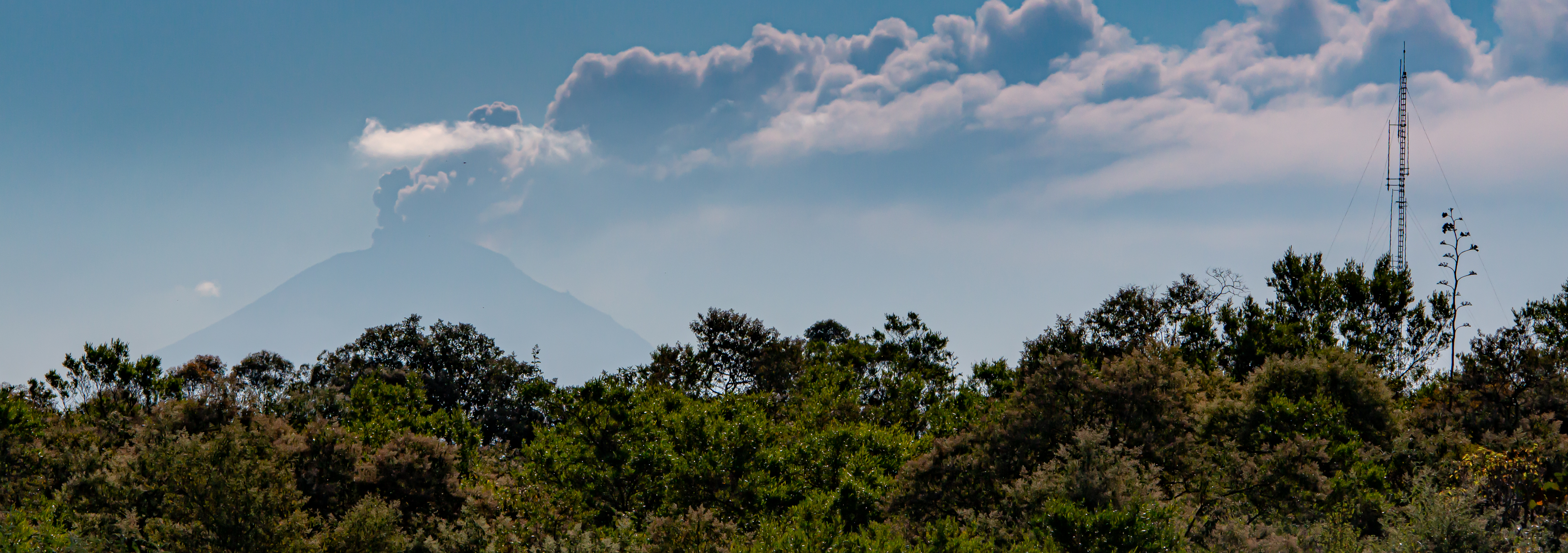|
Phtheochroa Primula
''Phtheochroa primula'' is a species of moth of the family Tortricidae. It is found in Mexico on Popocatépetl volcano. References Moths described in 1914 Phtheochroa {{Phtheochroa-stub ... [...More Info...] [...Related Items...] OR: [Wikipedia] [Google] [Baidu] |
Thomas De Grey, 6th Baron Walsingham
Thomas de Grey, 6th Baron Walsingham (29 July 1843 – 3 December 1919), of Merton Hall, Norfolk, was an English politician and amateur entomologist. Biography Walsingham was the son of Thomas de Grey, 5th Baron Walsingham, and Augusta-Louisa, daughter of Sir Robert Frankland-Russell, 7th Baronet. He was born on Stanhope Street in Mayfair, the family's London house. He was educated at Eton and Trinity College, Cambridge. He sat as Conservative Member of Parliament for West Norfolk from 1865 until 1870, when he succeeded to the title and estates of his father, and entered the House of Lords. From 1874 to 1875 he served as a Lord-in-waiting (government whip) in the second Conservative government of Benjamin Disraeli. From 1870 on he also ran the family's estate at Merton, Norfolk, served as trustee of the British Museum and performed many other public functions. Walsingham was a keen lepidopterist, collecting butterflies and moths from a young age, and being particularly inter ... [...More Info...] [...Related Items...] OR: [Wikipedia] [Google] [Baidu] |
Moth
Moths are a paraphyletic group of insects that includes all members of the order Lepidoptera that are not butterflies, with moths making up the vast majority of the order. There are thought to be approximately 160,000 species of moth, many of which have yet to be described. Most species of moth are nocturnal, but there are also crepuscular and diurnal species. Differences between butterflies and moths While the butterflies form a monophyletic group, the moths, comprising the rest of the Lepidoptera, do not. Many attempts have been made to group the superfamilies of the Lepidoptera into natural groups, most of which fail because one of the two groups is not monophyletic: Microlepidoptera and Macrolepidoptera, Heterocera and Rhopalocera, Jugatae and Frenatae, Monotrysia and Ditrysia.Scoble, MJ 1995. The Lepidoptera: Form, function and diversity. Oxford, UK: Oxford University Press; 404 p. Although the rules for distinguishing moths from butterflies are not well establishe ... [...More Info...] [...Related Items...] OR: [Wikipedia] [Google] [Baidu] |
Tortricidae
The Tortricidae are a family of moths, commonly known as tortrix moths or leafroller moths, in the order Lepidoptera. This large family has over 11,000 species described, and is the sole member of the superfamily Tortricoidea, although the genus ''Heliocosma'' is sometimes placed within this superfamily. Many of these are economically important pests. Olethreutidae is a junior synonym. The typical resting posture is with the wings folded back, producing a rather rounded profile. Notable tortricids include the codling moth and the spruce budworm, which are among the most well-studied of all insects because of their economic impact. Description Tortricid moths are generally small, with a wingspan of 3 cm or less.Hanson, Paul E. (04-11-2018). Insects and Other Arthropods of Tropical America. Cornell University Press. Many species are drab and have mottled and marbled brown colors, but some diurnal species are brightly colored and mimic other moths of the families Geometrida ... [...More Info...] [...Related Items...] OR: [Wikipedia] [Google] [Baidu] |
Mexico
Mexico (Spanish: México), officially the United Mexican States, is a country in the southern portion of North America. It is bordered to the north by the United States; to the south and west by the Pacific Ocean; to the southeast by Guatemala, Belize, and the Caribbean Sea; and to the east by the Gulf of Mexico. Mexico covers ,Mexico ''''. . making it the world's 13th-largest country by are ... [...More Info...] [...Related Items...] OR: [Wikipedia] [Google] [Baidu] |
Popocatépetl
Popocatépetl (; Nahuatl: ) is an active stratovolcano located in the states of Puebla, Morelos, and Mexico in central Mexico. It lies in the eastern half of the Trans-Mexican volcanic belt. At it is the second highest peak in Mexico, after Citlaltépetl (Pico de Orizaba) at . It is linked to the twin volcano of Iztaccihuatl to the north by the high saddle known as the "Paso de Cortés". Izta-Popo Zoquiapan National Park, wherein the two volcanoes are located, is named after them. Popocatépetl is southeast of Mexico City, from where it can be seen regularly, depending on atmospheric conditions. Until recently, the volcano was one of three tall peaks in Mexico to contain glaciers, the others being Iztaccihuatl and Pico de Orizaba. In the 1990s, the glaciers such as Glaciar Norte (North Glacier) greatly decreased in size, partly due to warmer temperatures but largely due to increased volcanic activity. By early 2001, Popocatépetl's glaciers were gone; ice remained on the ... [...More Info...] [...Related Items...] OR: [Wikipedia] [Google] [Baidu] |
Moths Described In 1914
Moths are a paraphyletic group of insects that includes all members of the order Lepidoptera that are not butterflies, with moths making up the vast majority of the order. There are thought to be approximately 160,000 species of moth, many of which have yet to be described. Most species of moth are nocturnal, but there are also crepuscular and diurnal species. Differences between butterflies and moths While the butterflies form a monophyletic group, the moths, comprising the rest of the Lepidoptera, do not. Many attempts have been made to group the superfamilies of the Lepidoptera into natural groups, most of which fail because one of the two groups is not monophyletic: Microlepidoptera and Macrolepidoptera, Heterocera and Rhopalocera, Jugatae and Frenatae, Monotrysia and Ditrysia.Scoble, MJ 1995. The Lepidoptera: Form, function and diversity. Oxford, UK: Oxford University Press; 404 p. Although the rules for distinguishing moths from butterflies are not well establishe ... [...More Info...] [...Related Items...] OR: [Wikipedia] [Google] [Baidu] |



